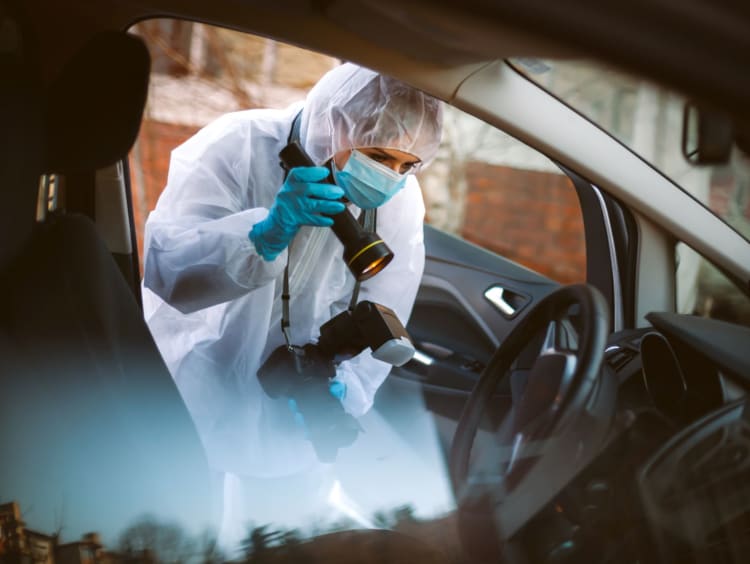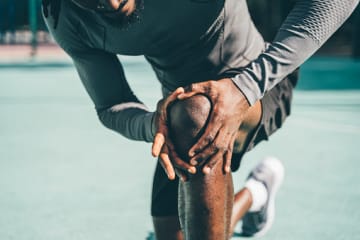What Does a Forensic Scientist Do?

Forensic science uses various types of natural and physical sciences to analyze crime scene evidence. After a crime is reported, the appropriate law enforcement and medical teams are sent to secure the integrity of the scene, clearing the way for a group of forensic scientists to document and collect evidence. Forensic scientists carefully walk through the crime scene to examine items found inside and around the scene.
A career in forensic science can be rewarding and the demand for jobs in this field is only growing every year. According to the U.S. Bureau of Labor Statistics, jobs in forensic science are expected to grow at a rate of 14% through 2028.1
Now is a great time to earn a forensic science degree. Let’s take a closer look at the responsibilities of a forensic scientist.
Table of Contents:
Sketching Crime Scenes
Although forensic scientists have professional cameras and photography equipment, they are still responsible for sketching crime scenes. A sketch is a handmade drawing or diagram of the scene that can help provide additional context for photos and evidence.
There are four different types of sketches that a forensic scientist might create. The first is a floor plan, which offers a bird’s eye view of the scene. The second is an elevation drawing, which offers a look at the vertical plane of the scene. The third drawing combines the first two types of sketches to create a more detailed look at the scene. The final sketch is a three-dimensional perspective drawing.
Photographing Crime Scenes
One of the most important tasks assigned to forensic scientists is taking pictures of crime scenes and evidence. Collecting and organizing evidence is essential in solving any case, and photographs play an important role in this process. Using their pictures, forensic scientists capture the scene in great detail. Some of the objects of these pictures include building exteriors, tire impressions, blood spatter, scars and weapons.
In addition to taking photos, forensic scientists are also responsible for labeling them. This is essential when it comes to analyzing evidence and solving crimes.
Analyzing Evidence
Once the evidence is brought back to the laboratory, forensic scientists analyze it. There are different techniques used to test and analyze various types of evidence. This includes examining fingerprints and using the Automated Fingerprint Identification System to verify if there are any matches currently in the system. It also includes examining and comparing different types of materials found at the crime scene, such as paint, soil and fibers. Forensic scientists might also be responsible for testing any drugs or other chemicals found at the scene of a crime.
Consulting Other Professionals
It is important for forensic scientists to consult and collaborate with other professionals when they are analyzing evidence and working on cases. For example, a forensic scientist might need to work with a toxicologist to gain a better understanding of how poisons have played a role in a case. They may also work alongside odontologists, also known as forensic dentists. These medical professionals can provide expert insight regarding teeth and how they factor into a crime. Consulting with professionals in different fields can help a forensic scientist methodically piece together a crime scene.
Are you interested in becoming a forensic scientist? If so, you can earn your forensic science degree at Grand Canyon University. With our Bachelor of Science in Forensic Science degree program, you will study a variety of topics, including chemistry, human anatomy, forensic photography, genetics, toxicology and more. If you would like to learn more about this degree program, click the Request Info button located at the top of this page.
Retrieved from:
1 https://www.bls.gov/OOH/life-physical-and-social-science/forensic-science-technicians.htm
The views and opinions expressed in this article are those of the author’s and do not necessarily reflect the official policy or position of Grand Canyon University. Any sources cited were accurate as of the publish date.


